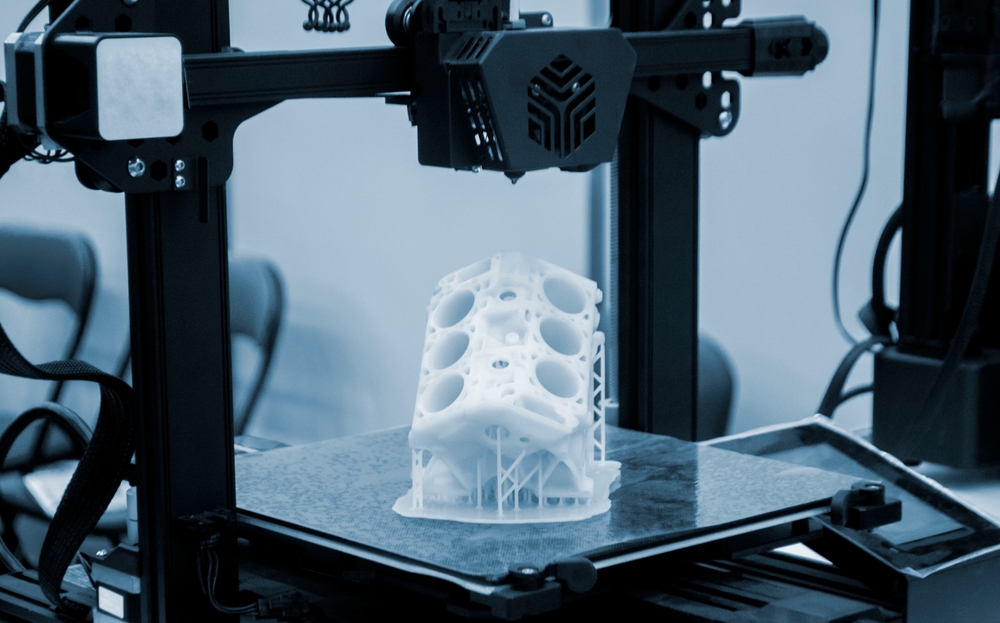Discovering the Potential of 3D Bioprinting in the Tech World
The future has landed, and it's shaped by the revolutionary technology of 3D bioprinting. This game-changing innovation is shaping the worlds of medicine and technology, promising to redefine what we thought was possible. In this article, we delve into the fascinating journey of 3D bioprinting, its current advances, and how it's set to transform the future.

A Historical Leap into 3D Bioprinting
The concept of 3D printing has been around since the 1980s, but it was only in the early 2000s that scientists started to explore its potential in the medical field. 3D bioprinting, specifically, involves the use of 3D printing technology to build up biological tissues, layer by layer, using bio-inks made up of cells and other biocompatible materials. This ground-breaking technology has seen significant advancements over the years, from the creation of simple tissues to the printing of complex organs.
The Present of 3D Bioprinting: Making Strides in Medicine
Fast forward to today, and we are witnessing an incredible surge in the use of 3D bioprinting in medical research and practice. A recent development that stirred the tech world is the creation of a functional mini human heart via 3D bioprinting by a team at the Tel Aviv University. This breakthrough is not only a testament to the potential of 3D bioprinting but also a beacon of hope for organ transplant patients worldwide.
Price and Market Impact: The Cost of Innovation
As for the economic footprint of 3D bioprinting, it’s estimated that the global market will reach $1.82 billion by 2022, showcasing its significant market impact. While the technology remains expensive, with bioprinters ranging from $10,000 to $200,000, the benefits it brings to the medical field could arguably outweigh the costs. Experts believe that as the technology advances and becomes more common, prices will likely decrease.
The Future of 3D Bioprinting: A New Era in Tech
Looking ahead, 3D bioprinting is set to usher in a new era in the tech world. It’s expected to revolutionize personalized medicine, with the potential to print patient-specific organs for transplantation. Moreover, the technology could be used to print skin grafts for burn victims, eliminating the need for donor skin.
The Verdict: A Revolutionary Intersection of Tech and Medicine
As we stand on the brink of a new era, 3D bioprinting represents the remarkable intersection of technology and medicine. It embodies the spirit of innovation and exploration that drives the tech world, offering a glimpse into a future where science fiction becomes reality. Despite its current limitations and challenges, the potential of 3D bioprinting is undeniable, making it a fascinating topic to watch in the tech world.
In conclusion, the story of 3D bioprinting is a testament to the relentless pursuit of innovation in the tech world. It’s a journey that challenges our understanding of what’s possible, pushing the boundaries of technology and medicine. As we continue to uncover its potential, one thing is certain: 3D bioprinting is more than just a technological breakthrough – it’s a glimpse into the future of humanity.




